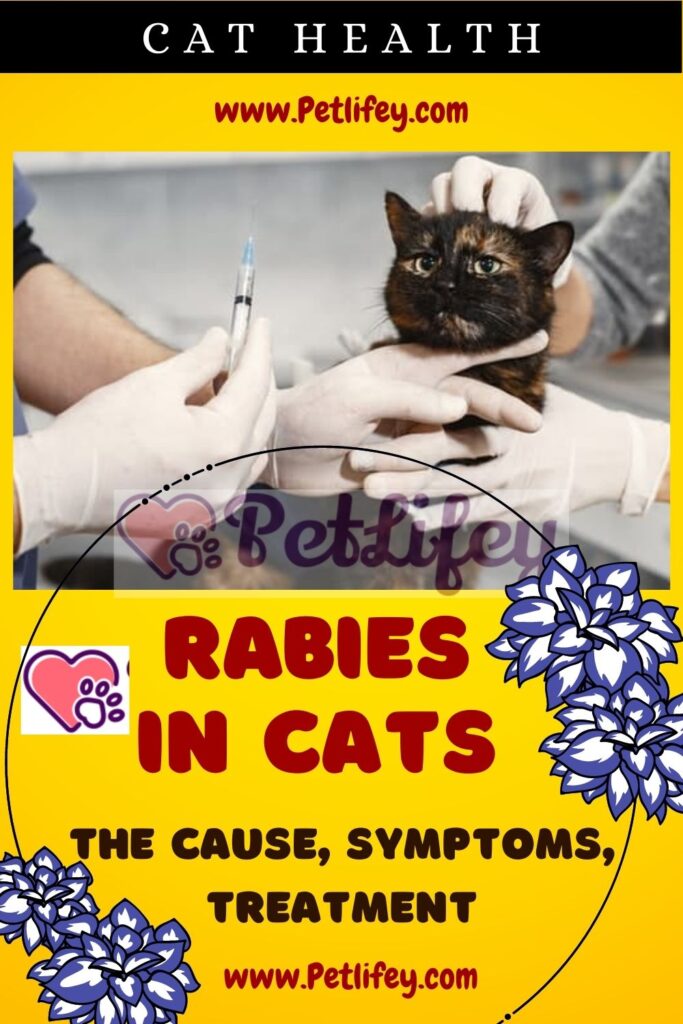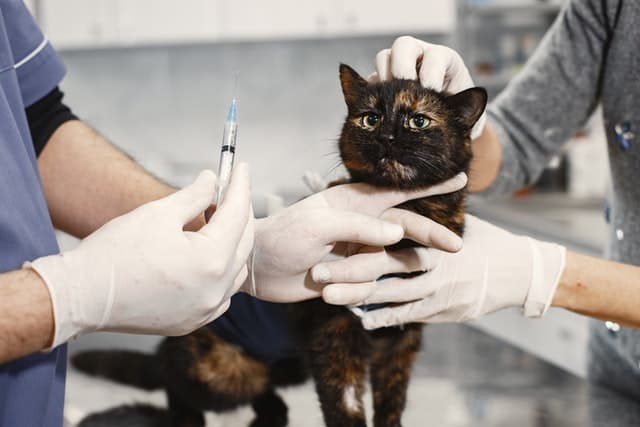
Rabies in cats is one of the most popular diseases, a little less for felines, but let’s go deeper: the cause, symptoms and treatment.
Surely we have already heard of this disease, called rabies, although it is often aimed at dogs. But unfortunately cats are also subject to it, especially if you have a cat that is allowed to go outside the house and have contact with other animals.
Precisely because a bite from another animal is enough to spread it, it must be emphasized that rabies in cats can become fatal. This is why we recommend that you investigate the problems, the symptoms and how to intervene, for the well-being of our animal.
Cause and contagion of rabies in cats
The rabies virus is a neurotropic virus that causes nerve disorders. The neuron is the cell in the body that is most sensitive to the rabies virus. The virus thus basically multiplies in the neurons of the brain. It propagates through nerve pathways from the bite site to the brain, multiplies in the brain and eventually leaves the brain for the peripheral nervous system and some organs (heart muscle, eye, skin) and then invades all tissues.
The virus particularly invades the salivary glands, which allows it to spread from the infected animal to another. It is mainly transmitted by animal bite as it is concentrated in the saliva of carrier animals. In this way, it can also be transmitted by scratching or even licking on the scratched or injured skin. On the other hand, it cannot pass through the skin if the latter does not show any lesions.
The virus is not very resistant in the external environment and easy to eliminate with disinfectants. But once it enters the body, it will invariably present itself to the brain after an incubation period of 15-30 days in the cat. Rabies is a zoonotic disease, so it is very important to prevent and detect it in time to avoid contagion, as a human infection of feline rabies can occur. The disease has several stages, listed below:
- Incubation Phase: In this phase, anger in cats is usually asymptomatic. This phase can last from a week to several months. During this period the disease spreads throughout the animal’s body.
- Prodromal phase: in this phase the cat shows: tiredness, vomiting and excitement. This period can last from two to 10 days.
- Furious phase: this is the most pronounced phase of the disease, it presents irritability and abrupt behavior.
- Paralytic phase: in this phase the cat presents generalized paralysis, spasms, coma and finally death.
Symptoms of rabies in cats
In some cases, the most severe death occurs three to six days after the onset of symptoms. Keep in mind that many of the symptoms of feline rabies, especially in the early stages, can be confused with other diseases. In companion cats, these symptoms are observed in the case of “furious rage”, classified in chronological order of appearance:
- agitation – the cat is on permanent alert, no longer sleeps for a long time;
- plaintive meow;
- loss of appetite in the cat, difficult swallowing;
- irritability: the cat bites in response to cuddling;
- fury: the cat pounces on everything that is perceived as threatening and bites with extreme violence without releasing the member;
- locomotion disorders
- paralysis;
- abundant drool.
Diagnosis and treatment of rabies in cats

Unfortunately, there is no treatment for rabies in cats, but it is necessary to intervene in some way, for reasons of public health. The rabid cat must be subjected to isolation and kept under veterinary supervision. Also, it is forbidden to try to cure it.
An animal infected with the rabies virus should not be killed for 15 days because the diagnosis is based on the evolution of symptoms. Beyond this limit, if symptoms appear and the diagnosis is confirmed, euthanasia is practiced.
Prevention
The only method of prevention for rabies in cats is the vaccine against this virus, which is applied to the three months of the cat’s life, recalling the vaccine every year. That is why it is recommended to adhere to a correct pet vaccination schedule.






